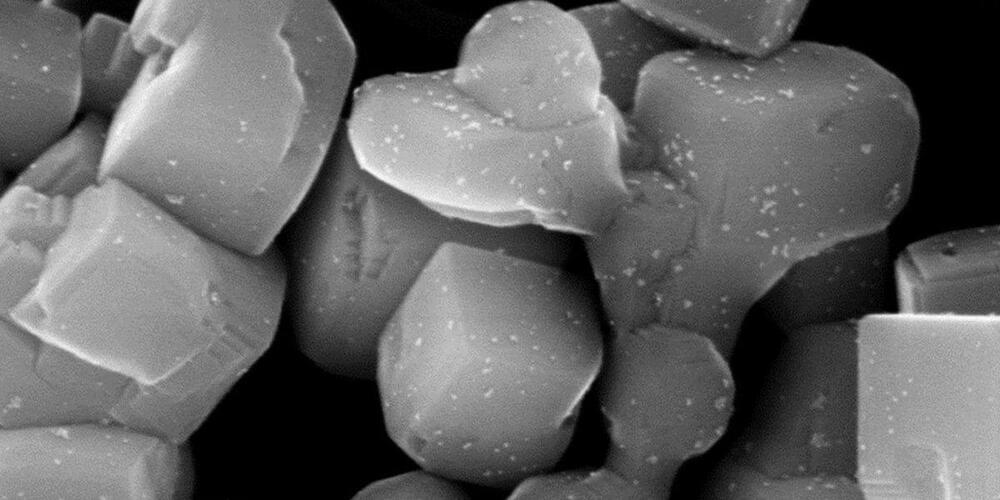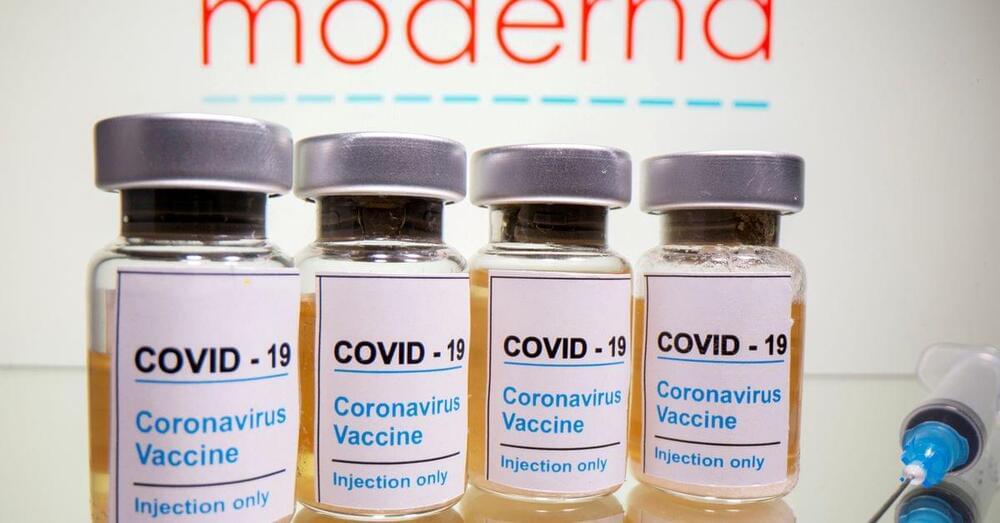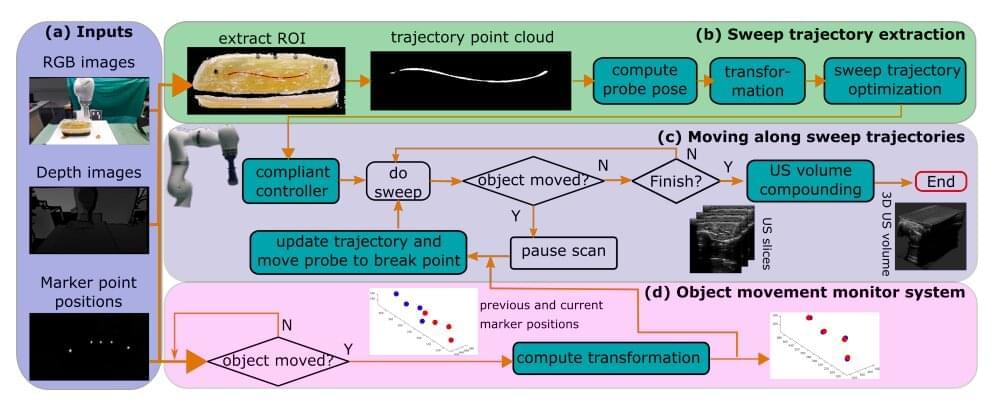Aug 28, 2021
Hospital on a chip
Posted by Quinn Sena in categories: biotech/medical, robotics/AI, wearables
Circa 2009
The researchers expect to have a working prototype of the product in four years. “We are just at the beginning of this project,” Wang said. “During the first two years, our primary focus will be on the sensor systems. Integrating enzyme logic onto electrodes that can read biomarker inputs from the body will be one of our first major challenges.”
“Achieving the goal of the program is estimated to take nearly a decade,” Chrisey said.



















